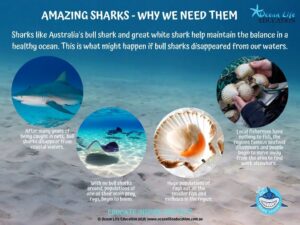
When we ask kids about sharks, their first response is often fear or fascination. Either way, they are often very passionate about the subject, which provides a great basis for learning. Sharks play a crucial role in ocean ecosystems, making them an ideal subject for cross-curricular learning in primary classrooms, combining science, geography, literacy, and citizenship.
🌊 Why Sharks Matter in Ocean Ecosystems
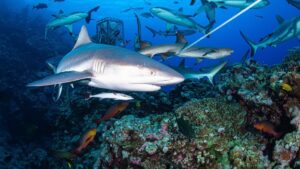
Courtesy Whitsunday News
Sharks are apex predators. As top-level predators, they help maintain the balance of marine life, supporting the health of coral reefs, seagrass beds, and other critical habitats. Without sharks, our ocean ecosystems can become unstable, leading to the overpopulation of some species and the collapse of others.
Link: Ocean Life Education Video – Why We Need Sharks
🦈 Sharks are Guardians of the Ocean
Movies and myths often cast sharks as villains, but they’re essential guardians of the ocean. Teaching kids about sharks helps bust common myths and builds respect for these incredible animals. It also opens up conversations around the marine food chain, shark conservation, and the importance of protecting ocean biodiversity.
Shark Resources from Ocean Life Education
🔍 What Role Do Sharks Play in the Ecosystem? 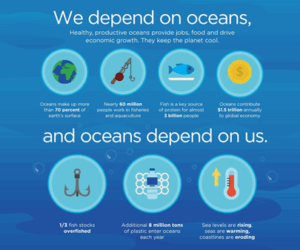
- Balance Marine Populations
Sharks regulate the populations of prey species like rays and smaller fish, preventing them from overgrazing critical habitats like seagrass and coral reefs. - Support Ocean Biodiversity
By preying on weak or sick individuals, sharks help keep marine species healthy, promoting genetic strength and ecological balance. - Drive Evolution
Sharks influence the behaviour and evolution of other marine animals. Their presence encourages adaptive traits and survival strategies in prey species. Watch our Shark Adaptation Mini Video here and check out our Adaptation themed programs. - Indicate Ocean Health
A thriving shark population is a key sign of a healthy ocean. Sharp declines in shark numbers often signal wider problems in the marine food web, with long-term consequences for both wildlife and human communities.
📚 Cross-Curricular Classroom Connections 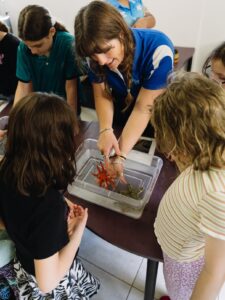
Teaching about sharks links to several key areas of the version 9 Australian Curriculum:
Science (Biological Sciences): Study food chains, life cycles, animal adaptations, and ocean habitats. See our Primary Incursions with these themes.
Geography: Explore the distribution of shark species and the environmental conditions they need.
English: Inspire persuasive writing, shark fact files, and conservation-themed research projects. See our Ocean Literacy Incursions.
Civics & Citizenship: Discuss human impact on marine environments and ethical issues such as East Coast Australia’s shark nets, shark finning and overfishing.
🧠 Shark-Themed Learning Activities 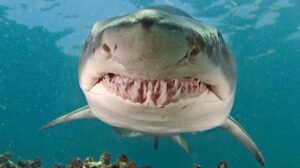
Use these ideas to bring Shark Awareness Day or any ocean unit to life:
🌐 Create a shark food web to show energy flow in ocean ecosystems.
🔍 Research shark species, comparing their roles, habitats, and adaptations such as shark teeth. Watch our shark teeth video here.
📢 Host a Shark Awareness Day where students present posters, speeches, or science reports.
⚖️ Debate topics like the use of shark nets on the East Coast of Australia or shark finning. 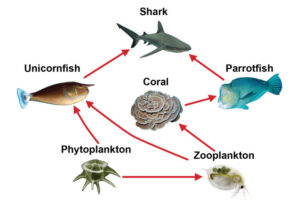
🎨 Design posters promoting shark conservation for kids and families.
Book a shark focused Primary Incursion with Ocean Life Education
🐠 Shark Resources and Programs
✅ Explore our Shark Discovery Program for Early Years – hands-on, interactive learning for young ocean lovers.
✅ Dive into our Primary School Programs, which can be tailored to explore shark roles in healthy ocean ecosystems.
✅ Download shark resources and teaching aids and printable resources to support your lesson planning.
✅ Take our online Shark Course – Amazing Sharks – learn the facts and get certified!
🌱 Inspiring Future Ocean Guardians
Teaching kids that sharks are not to be feared, but respected and protected, helps shape a generation of informed, compassionate global citizens. By exploring sharks’ importance in the marine environment, we can nurture curiosity, boost critical thinking, and encourage action to protect our oceans.
Example alignment version 9 Science Curriculum
Year 4: AC9S4U01 – consumers, producers and decomposers within a habitat, food chains
Year 7: AC9S7U02 – food webs, energy flow in ecosystems, abiotic and biotic factors on populations
About Ocean Life Education 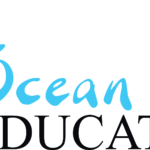
Ocean Life Education is committed to inspiring young Australians to appreciate and understand the wonders of our marine environments. Through engaging, hands-on programs that support version 9 of the Australian curriculum, we bring the ocean into classrooms and outdoor learning spaces in a way that’s fun, educational, and memorable. Each experience is tailored to meet the unique needs of your school or event, with a strong focus on local marine topics.
Our sessions feature live marine animals and interactive displays, giving students the chance to connect directly with the natural world. By encouraging curiosity and building environmental awareness, we empower children to take an active role in caring for our oceans and the incredible life they support.
For more information about what we do, check out Ocean Life Education.
We hoped you enjoyed reading our blog: Teaching Kids About Sharks: Their Crucial Role in Ocean Ecosystems
Here’s a link to our other curriculum themed blogs



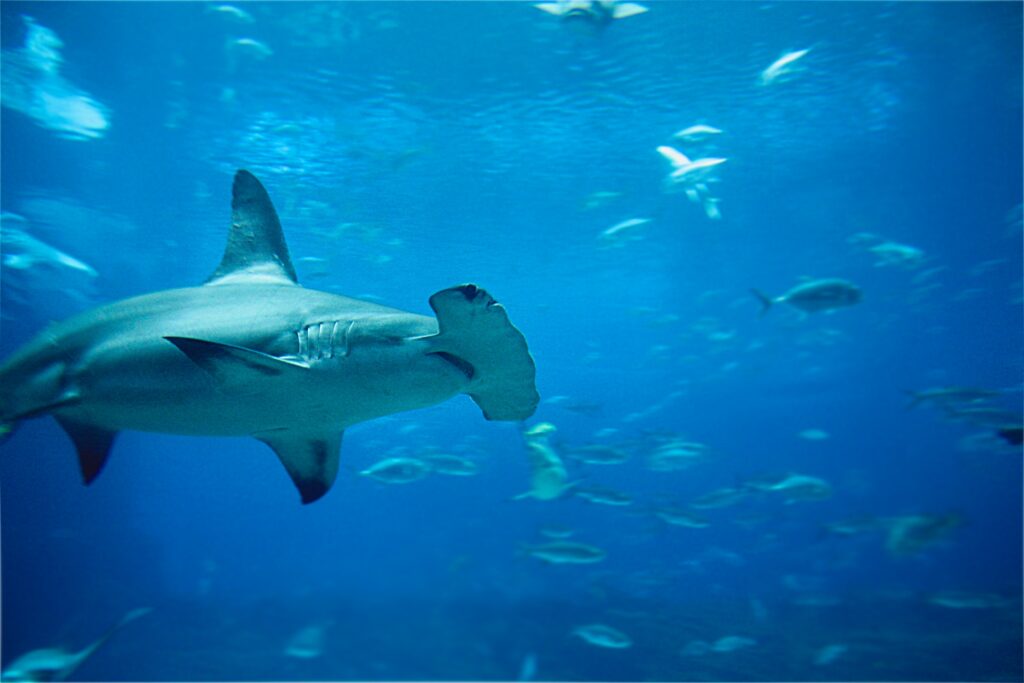
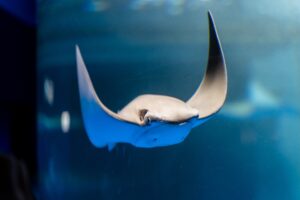


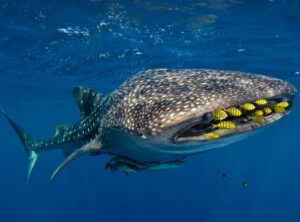


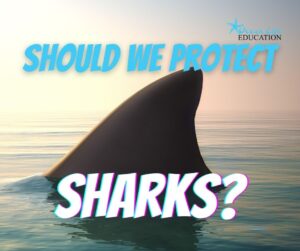
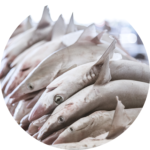 Many people fear sharks because of sensationalised stories in the media and scary films like Jaws.
Many people fear sharks because of sensationalised stories in the media and scary films like Jaws.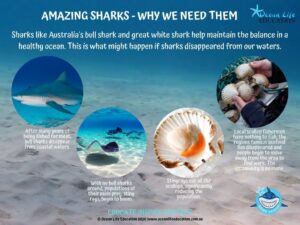
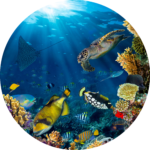 Sharks are APEX predators, which means they sit at the top of the food chain and help control the numbers of animals below them in that food chain. By controlling populations of large and mid-sized predators, sharks allow smaller fish to thrive, which has a knock on effect on the food chain below them. Therefore, sharks help create a healthy ecosystem with a diverse range of species and competitors.
Sharks are APEX predators, which means they sit at the top of the food chain and help control the numbers of animals below them in that food chain. By controlling populations of large and mid-sized predators, sharks allow smaller fish to thrive, which has a knock on effect on the food chain below them. Therefore, sharks help create a healthy ecosystem with a diverse range of species and competitors.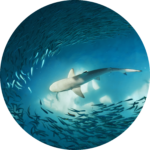
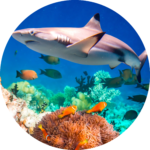 Sharks help prevent habitat loss. Habitats like coral reef depend on their fishy caretakers, like the little reef fish that live on them and clean and protect them from disease. Without sharks controlling numbers of big fish in a marine ecosystem, the numbers of these fish could explode. They would in turn kill off the smaller fish. If that happens, the reef would become diseased and die off, affecting millions of animals that depend on it for survival.
Sharks help prevent habitat loss. Habitats like coral reef depend on their fishy caretakers, like the little reef fish that live on them and clean and protect them from disease. Without sharks controlling numbers of big fish in a marine ecosystem, the numbers of these fish could explode. They would in turn kill off the smaller fish. If that happens, the reef would become diseased and die off, affecting millions of animals that depend on it for survival. The earth’s ocean produces 70 % of the oxygen we breath, food to eat, controls the climate, breaks down pollution, provides us with medicine and much, much more.
The earth’s ocean produces 70 % of the oxygen we breath, food to eat, controls the climate, breaks down pollution, provides us with medicine and much, much more.